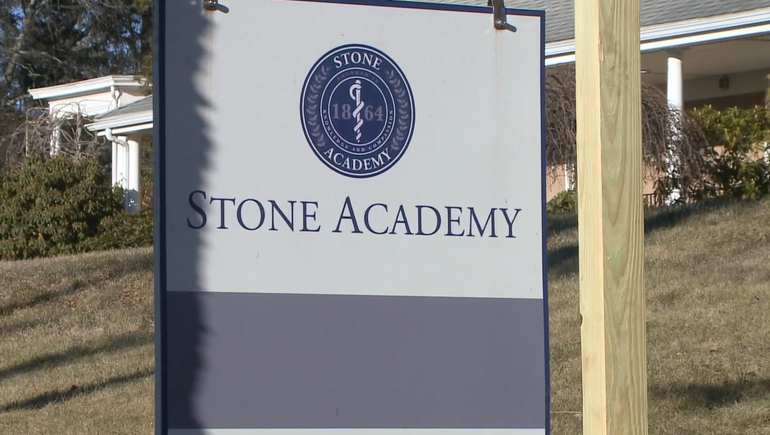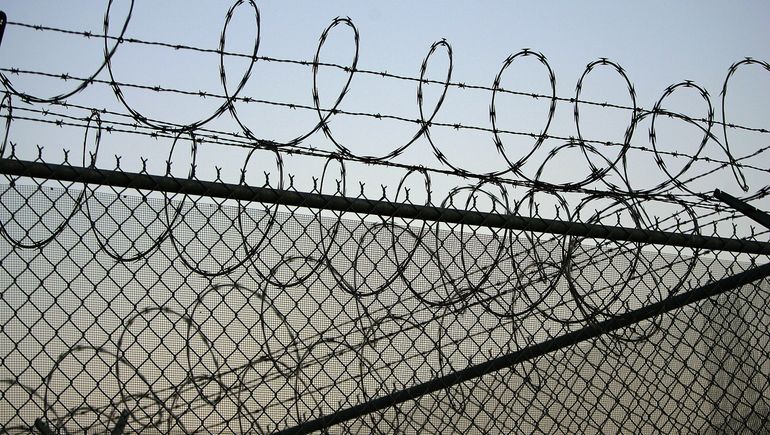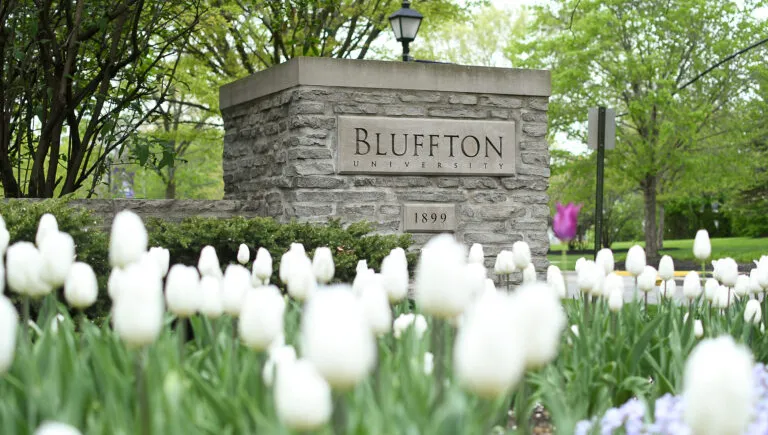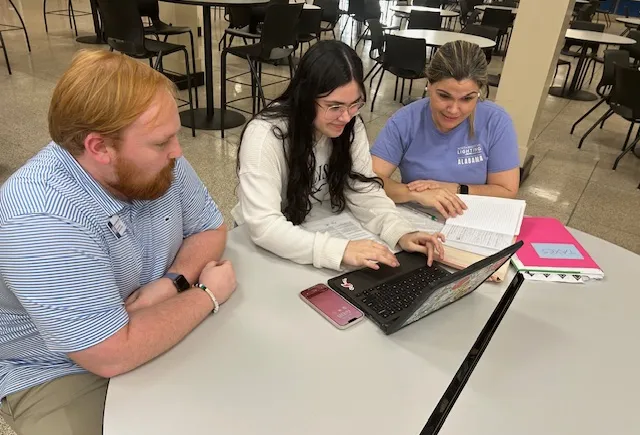[ad_1]
Dive Brief:
- Borrowers with federal student loans who didn’t graduate collectively owe more than they initially borrowed four years after entering repayment, according to a new report from the HEA Group, a higher ed-focused research firm and consultancy.
- After four years in repayment, noncompleters collectively owed $15.8 billion, or 6% more than they initially borrowed. In comparison, students who finished their postsecondary programs owed $49.9 billion, amounting to 6% less than they took out.
- The type of college that stopped-out students attended also influenced their loan burdens. Attendees of for-profit institutions had the greatest levels of increased debt after entering repayment.
Dive Insight:
Using College Scorecard data, the HEA Group analyzed how much 3.9 million borrowers took out between 2013 and 2015, and how much they owed four years later. The analysis found that college completion played a significant factor in how much most students owed.
“Exiting college without a credential leaves students in a precarious situation while also causing the nation’s loan debt to keep piling up, second by second, minute by minute,” the report said.
Debt burdens varied depending on the kind of college they attended and the type of program they chose.
At public institutions, stopped-out students collectively owed about $10.4 billion four years after entering repayment, or 5% more than they initially borrowed. That’s compared to graduates who owed $28.9 billion, or 8% less than their initial debt load.
But students at for-profit institutions owed more on their loans four years later regardless of whether they finished their programs. Although noncompleters owed $2.6 billion — 15% more than what they borrowed — graduates collectively owed $8.8 billion, or about 12% more than the original amount, the report found.
For example, graduates of University of Phoenix, a for profit, owed roughly $3.2 billion after four years in repayment — almost $474 million more than what they initially borrowed.
Additionally, students who completed four-year degrees made larger inroads in their debt than those who finished two-year or certificate programs.
At four-year institutions, graduates collectively owed $41.2 billion, or 8% less, in federal student loans four years after repayment, the report found. Students who attended four-year colleges without graduating owed $10.7 billion, or 6% more than they originally did.
Those who stopped out of two-year institutions owed $3.8 billion, or 7% more, on their loans. But graduates’ total loan debt still grew by 1%, to $5.8 billion.
Worst of all, students who enrolled in certificate programs collectively owed 7% more than they originally borrowed, regardless of whether they completed their programs or not. Noncompleters owed $1.4 billion, while those who finished their certificates owed $2.9 billion.
Borrowers who can’t pay down growing debt may earn too little to balance their loans’ accruing interest, the report said.
The ramifications are wide reaching. From July 2020 to July 2021, 40.4 million students had some college credit but no degree, according to the National Student Clearinghouse Research Center.
“College completion remains of utmost importance — to the individual student and to the taxpayers who subsidize their educational endeavors,” The HEA Group said.
[ad_2]
Source link









